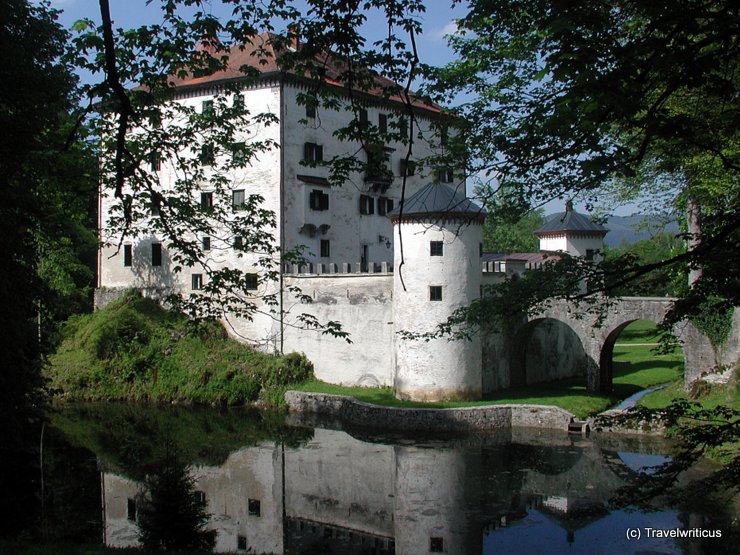
Snežnik Castle (Grad Snežnik) in Kozarišče saw its first mention in 1268. Visitors enjoy the interior and the furniture of a noble family living in the 19th/20th century. Besides, you will be delighted by its location next to a small pond.
Browse through your travel destination!

Snežnik Castle (Grad Snežnik) in Kozarišče saw its first mention in 1268. Visitors enjoy the interior and the furniture of a noble family living in the 19th/20th century. Besides, you will be delighted by its location next to a small pond.
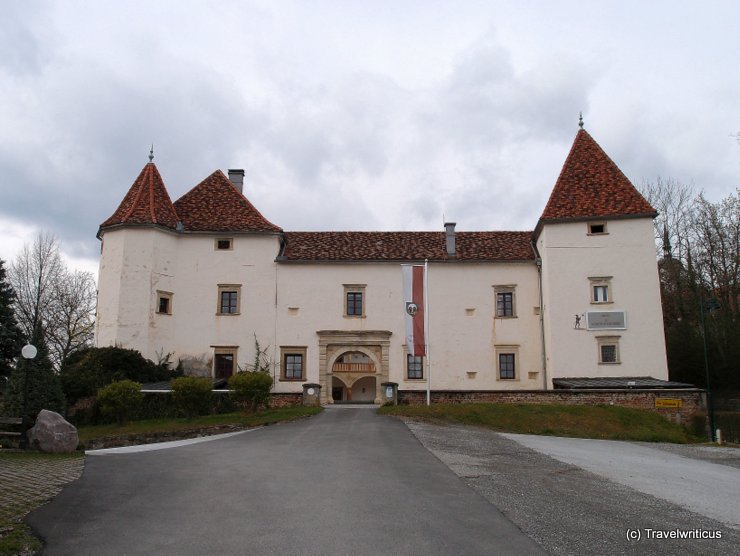
The name of the castle originates from the powerful Stubenberg family. Five members of this house occupied the office of governor (Landeshauptmann) in the Duchy of Styria.
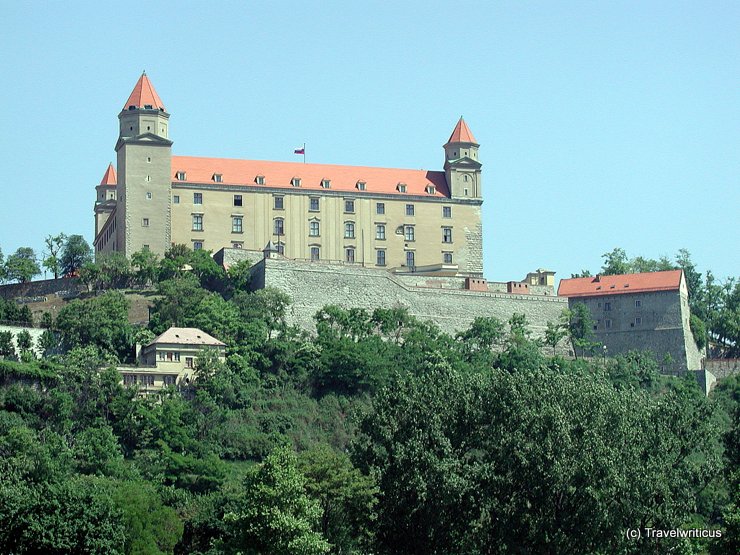
Castle buffs get this view of Bratislava Castle (Bratislavský hrad) while cruising the Danube River. Several companies pass the castle by boat. For example, the Twin City Liner runs on the route Vienna – Bratislava.

This photo shows a view into the driver’s cabin of a German ICE T. In this kind of train, you had the chance to sit behind the driver – only separated by a glass door – and to watch the landscape in front of the train for many years.
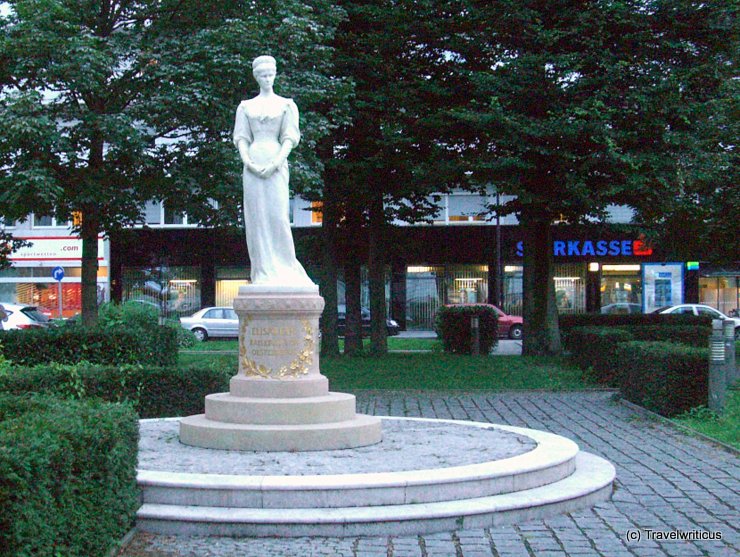
The Empress Elisabeth Railway (Kaiserin-Elisabeth-Bahn) served the railroad between Vienna and Salzburg until 1884. Today, you still see a monument to Elisabeth of Austria (Sisi) in a small park at the Salzburg Central Station.
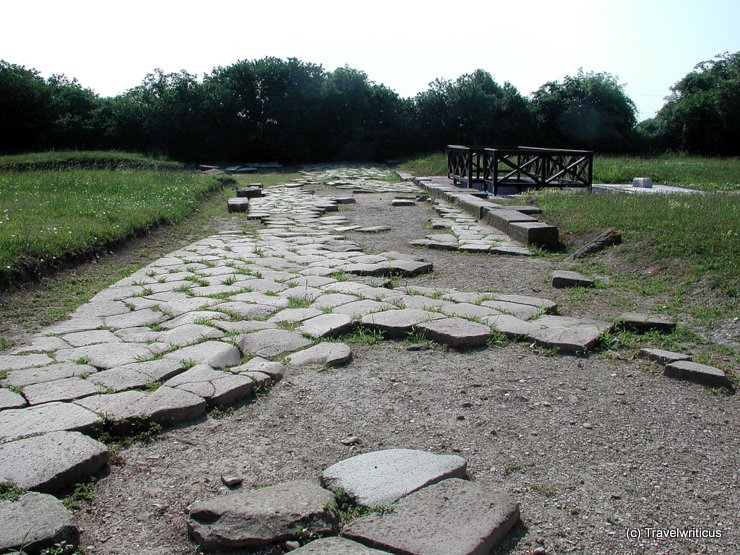
Before entering Venice, I visited the archaeological site of the ancient Altinum near Quarto d’Altino. There, I saw the remains of a Roman street. The nearby Museo Nazionale Archeologico di Altino displayed a bunch of ancient findings.

Friedenstein Castle (Schloss Friedenstein) was commissioned in the mid-17th century by Ernest I, Duke of Saxe-Gotha. It is notable for hosting the Ekhof-Theater, which still features the original Baroque machinery for changing the scenery.
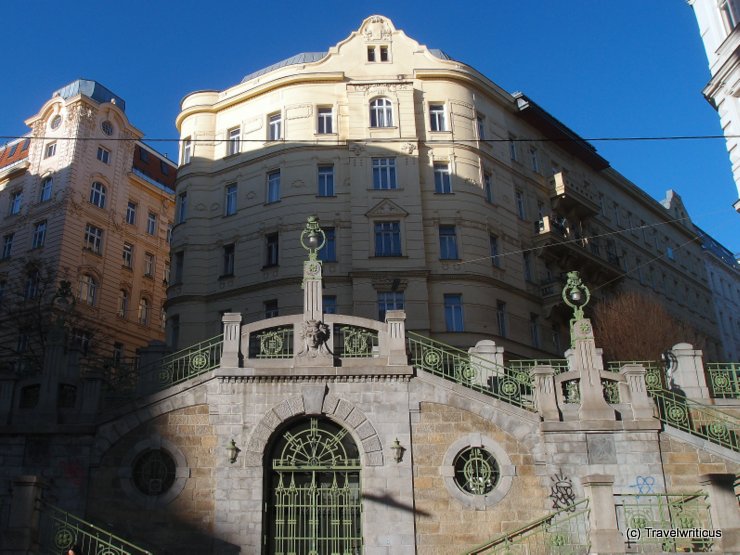
The Fillgraderstiege is a public staircase in Vienna. It was built in the years 1905/1907 in Art Nouveau style. The designer of the staircase was Max Hegele. In a poll of art professors, it was named the fourth most beautiful staircase in Europe.
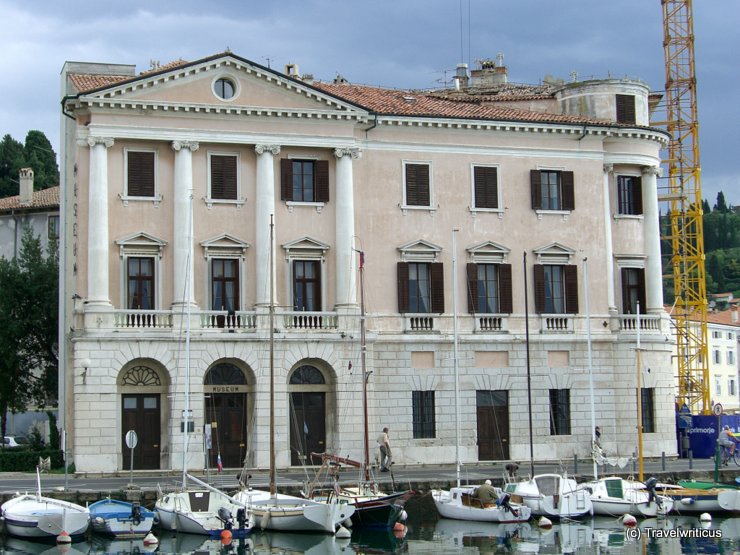
The Muzej Sergej Mašera tells about the maritime past of the Slovene coast, Slovene naval history and related economic activities. It includes an archaeological and an art-history collection.
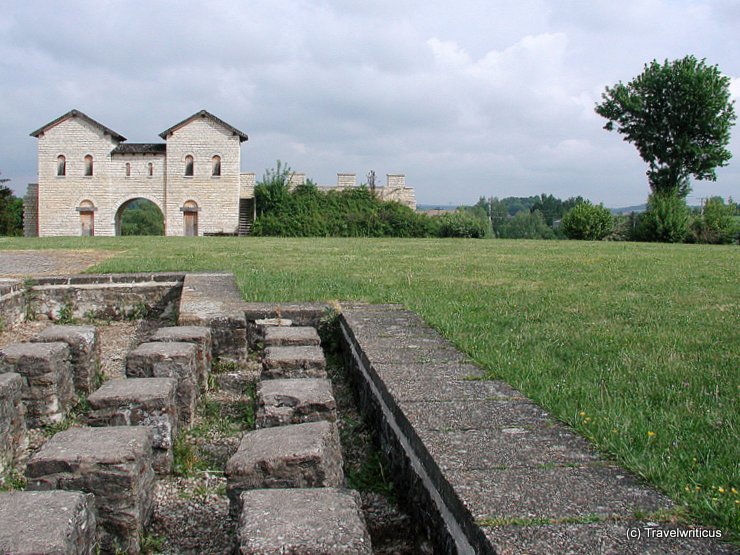
The Roman fort Biriciana, nowadays known as Kastell Weissenburg, was occupied by cavalry units during ancient times. The photo shows the reconstructed north gate (Porta decumana) of the fort area. In Roman times, this gate led to the Limes.
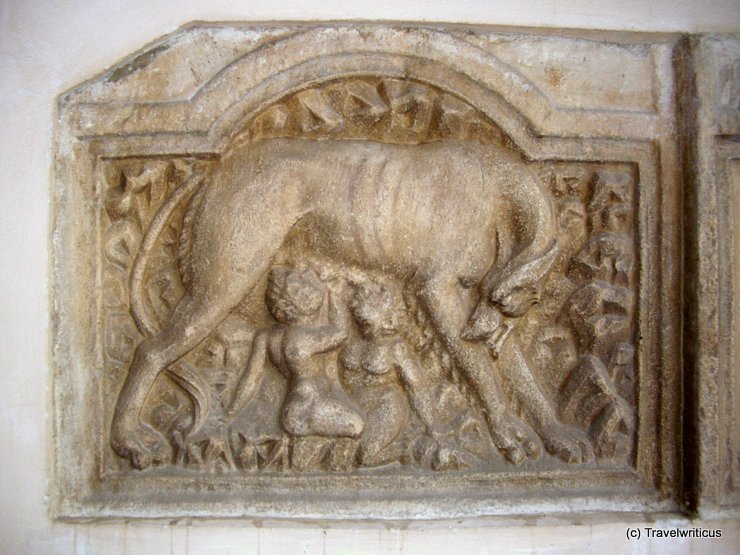
This ancient stone is immured in a church named Marienkirche in Maria Saal. The depiction shows the Capitoline Wolf (Lupa Capitolina). The piece is probably a relic of the Municipium Claudium Virunum, a former Roman place in Carinthia.